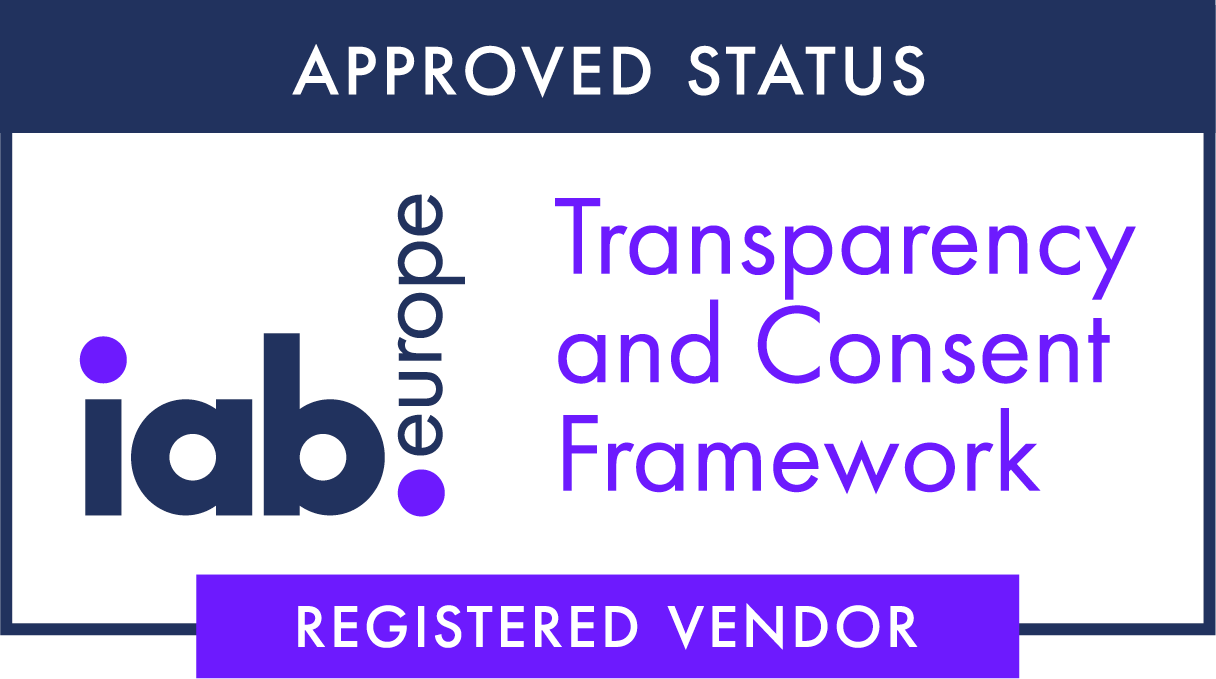Insights
These trends are shaping the video market
The digital video market is booming and highly dynamic at the same time. According to a recent Statista study, revenues in Germany in 2021 were around EUR 414 million. This market thus offers unprecedented potential for advertisers to reach their target groups in a particularly attractive environment.
February 9, 2023
Technological innovations and the Corona pandemic were catalysts for the growth of video consumption. The resulting change in usage patterns has further driven the shift to digital. As a result, the opportunities to programmatically serve video advertising have never been greater: today, for example, video is responsible for 82% of Internet traffic. In particular, the boom in over-the-top (OTT) content is driving development in the video market. This creates enormous potential and new opportunities for marketers to reach their target groups and build reach.
“Content is King”
Today, videos are undoubtedly the number one among all content formats. Thus, the famous guiding principle “Content is King” now applies to moving image content. Still, it encompasses the video content and the context in which the video ad is displayed. For advertisers, this opens up new potential for winning over target groups, especially contextual user targeting. Since the “cookie calypse” became known, real hype has developed in the advertising industry around so-called context targeting to ensure reach in the right target group. Not without reason: advertisers can reach target groups effectively via contextual ads independently of third-party cookies and mobile ID solutions. By matching video ads to the content context, users are engaged while still engaging with a particular topic. Ideally, the ad promises the right solution for the user’s current “problem” or “need” and is highly relevant. For example, if a brand wants to advertise a perfume for women and create awareness for it, it would be advisable to play out the video ad in an environment that focuses specifically on perfumes and fragrances. This way, advertisers can reach users in real time according to the corresponding usage situation. If the brand were to conservatively target only women, men who might consider the product a gift would be excluded entirely. According to a recent study by Integral Ad Science and Tobii, a global leader in eye tracking, context-sensitive ads are noticed 0.6 seconds faster than non-contextual ads. In addition, the study found that purchase intent is 14 percent higher after viewing context-sensitive ads. Furthermore, unaided brand recall improves by a factor of four with context-sensitive ads. In addition to content, it is also essential that brands adopt a clear set of values on topics such as sustainability, diversity, or inclusion to create an authentic brand image.
Trendsetter Big Screen
The transformation of the TV advertising market, driven by the increasing fusion of TV and digital, offers new opportunities for advertisers. The advertising industry is increasingly focusing on Connected TV (CTV) and Addressable TV (ATV). And not without reason: Streaming, which accounts for a significant proportion of moving image consumption in Germany, now takes place preferentially on the big screen. The major media companies have already responded accordingly. Big players like Seven.One Media and RTL Group are building a new ecosystem for digital TV and adjusting their inventories accordingly. For example, Seven.One Media has launched “Programmatic TV” (PTV), which offers advertisers the total reach of the linear TV advertising block combined with optimized target group targeting. In addition, with the Tech Alliance founded last year, RTL wants to enable broadcasters and advertisers to market and book local and pan-European addressable TV, CTV, or OTT campaigns via a common platform.
Video consumption on mobile & desktop
Competition in the streaming market is fierce, and established services are vying for the audience’s favor with new tools and apps. The trend towards mobile use of entertainment apps is strengthening more and more. This offers enormous potential for advertisers, especially among the GenZ generation, the so-called “heavy users.” This is because social platforms such as Instagram, TikTok & Co. continuously expand their advertising opportunities. According to a recent study by ExpressVPN and online survey solution Pollfish, the majority of Generation Z spend several hours a day on social networks, with TikTok leading the way: 59 percent of respondents use the app for more than an hour a day. Here, the trend of short, vertical videos is rising rapidly: story formats are becoming increasingly popular. They are bringing a new profile to media culture in the long term. No wonder: 94 percent of users use their smartphones exclusively vertically. As a result, videos in vertical format per se generate higher visibility, attention and offer first-class opportunities for user engagement through which marketers can reach and activate their target groups.
Marketers have two options on the Open Web that guarantee high advertising effectiveness: they can choose between instream spots, such as classic pre-, mid-, post-rolls, bumper ads, and outstream campaigns. Instream campaigns have the advantage of playing the ad spot before, during, or after the video, ensuring high user attention. With outstream campaigns, the advertising video is placed in the editorial text, e.g., between two paragraphs in the article. Both options are justified in media planning and are suitable for addressing specific target groups. However, instream campaigns have the advantage of playing the advertising spot during the video, thus ensuring the user’s attention. But with outstream campaigns, there is a risk that users may not notice the advertising.
Despite all the differences, deciding whether an instream or outstream campaign should be chosen for a video campaign depends heavily on the advertising objectives. However, what both options have in common is very high advertising effectiveness.
How can brands leverage these trends across all digital channels to reach their advertising targets?
The multitude of video advertising options opens up new possibilities for brands to reach potential customers. To ensure optimal media use and efficiently reach respective target audiences, advertisers must carefully evaluate which video inventory best suits the advertising objective and whether a video is the favored choice among the many options. The key here is to think across inventory and rely on more than just one to generate the best media outcome possible. By including multiple inventories in the campaign strategy, advertisers can increase the efficiency of both price and reach. Thus, by expanding the platform mix, they can achieve higher net reach and strong brand awareness across all digital channels. In addition, it is essential to develop an understanding of individual usage behavior and, above all, relevant target groups. It is advisable to focus on particularly affine target groups and to address them authentically in the native environment. Based on usage behavior, for example, the most significant brand awareness for a digital purchase can be generated within GenZ through a targeted combination of CTV and social media.
Key takeaways: effectively integrate video advertising into the marketing mix
- Takeaway 1: Advertisers should carefully evaluate which video inventory best suits the individual advertising objective.
- Takeaway 2: “Content is King”: Ads must be displayed in the proper context and match the user’s consumption behavior.
- Takeaway 3: The mix makes the difference. Advertisers should think across inventories when planning media to generate an optimal media outcome. By expanding the platform mix, they can achieve greater reach and strong brand awareness across all digital channels.



